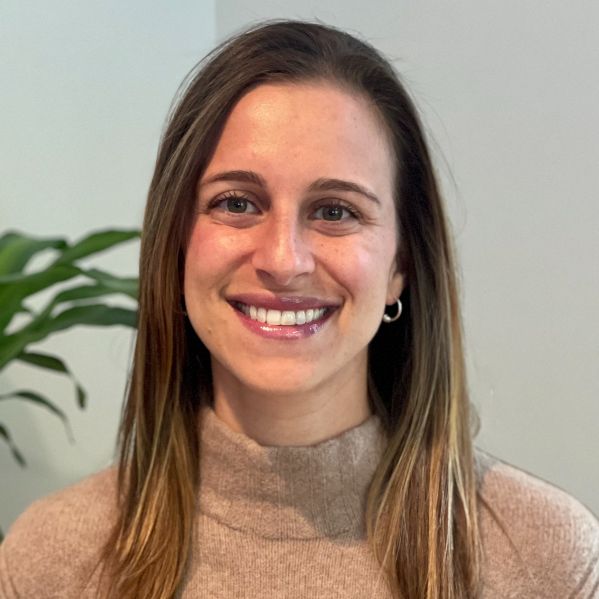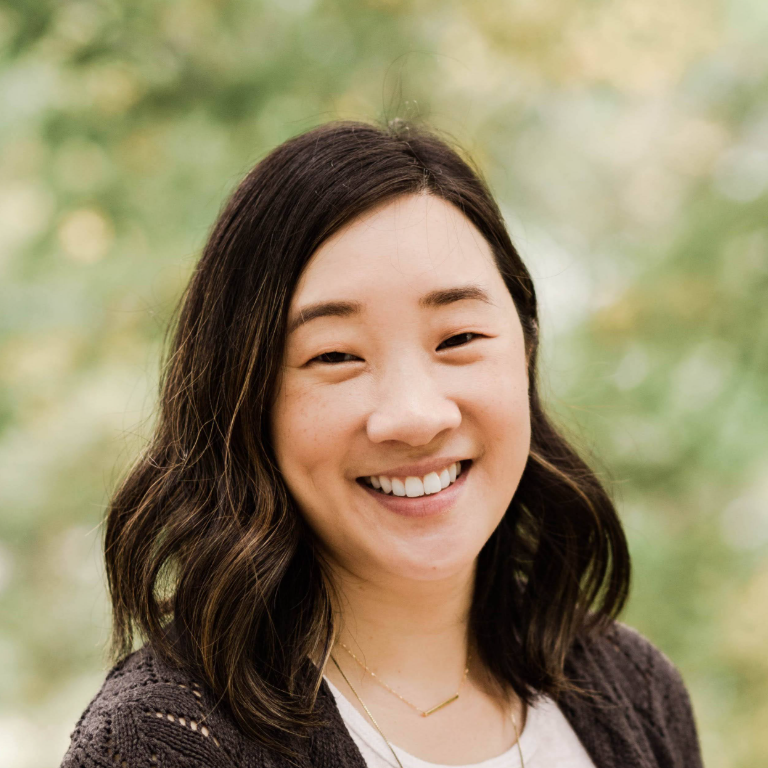Finding Support for Phobias in New York City
Living with Phobias can feel overwhelming in a busy city like New York City, but you’re not alone. MiResource is here to guide you with care and clarity, making it simple to connect with therapists in New York City for support online or in person. You’re in the right place to find understanding, practical options, and a path forward at your pace.
An Overview of Phobias
Phobias are intense, persistent fears of specific situations or objects that can trigger panic and avoidance, and you’re not alone if this affects your life in New York City. Left untreated, phobias can make everyday activities—like commuting, taking elevators, or navigating crowds—feel overwhelming. Therapy for phobias in NYC, including CBT and gradual exposure with a supportive therapist, can help you face fears safely and regain control.
Defining Phobias
Phobias are strong, persistent fears of specific situations or objects that feel overwhelming and out of proportion, even when there’s little real danger. Common symptoms include intense anxiety, rapid heartbeat, sweating, shaking, and avoidance behaviors; in New York City, this might mean fearing subways (claustrophobia), bridges or heights (acrophobia), crowds (agoraphobia), or certain animals in parks. These fears can disrupt daily life, like avoiding work commutes, social events, or medical appointments. Authoritative sources such as the National Institute of Mental Health, the American Psychiatric Association, and the Anxiety and Depression Association of America describe phobias as highly treatable conditions, often with therapy and coping skills. If you’d like support, you’re welcome to explore the broader
Phobias
therapy resources on MiResource.
Benefits of Therapy for Phobias
Therapy helps people with phobias face fears safely, reduce avoidance, and regain confidence in daily life in New York City. Cognitive Behavioral Therapy (CBT) teaches practical coping skills and reframes anxious thoughts, leading to fewer symptoms and more control. Exposure Therapy, including ERP, gradually desensitizes triggers so you can do things you’ve been avoiding and improve relationships and activities. Acceptance and Commitment Therapy (ACT) builds psychological flexibility, helping you move toward your values even when anxiety shows up. EMDR and mindfulness-based strategies can ease fear responses and calm the body, supporting lasting change—evidence shows therapy works, and hope grows with each step.
The Therapy Journey – What to Expect
Starting therapy for phobias in New York City typically begins with a compassionate initial assessment to understand your specific fears, history, and daily challenges. Together, you and your therapist set clear, realistic goals that fit your life, whether that means easing avoidance, building coping skills, or practicing step-by-step exposures. Ongoing sessions are collaborative and paced to your comfort, using evidence-based approaches like cognitive behavioral therapy (
CBT
),
exposure therapy
(including gradual or virtual reality exposure), and acceptance and commitment therapy (ACT). Your plan is personalized, with tools such as skills training, mindfulness strategies, and between-session exercises to build confidence. Progress is expected to be gradual, and your therapist will adjust the approach as needed so you feel supported and safe each step of the way.
Tips for Choosing the Right Therapist in New York City
Go to MiResource’s search and set Location to New York City, then choose the condition Phobias to see providers who treat it. Use therapy approach filters to prioritize options like exposure therapy or CBT. Add your
Insurance
plan to view in-network providers and select your preferred Language to ensure clear communication. Set Availability for in-person or telehealth, days/times, and whether providers are accepting new clients. Narrow by Neighborhood (e.g., Manhattan, Brooklyn, Queens, the Bronx, Staten Island) to find nearby care. Remember that personal fit matters—compare profiles, read details, and take the next step by exploring the directory now.
Why a Local New York City Therapist Can Make a Difference
New York City’s pace and density can intensify phobia triggers—whether it’s crowded platforms, bridges, elevators, or high floors with sweeping views. A local therapist understands how borough cultures, work rhythms, and multilingual communities shape how fears show up and how people seek help. They can tailor exposure work to everyday NYC realities, from Midtown offices with express elevators to packed venues around Times Square or Barclays Center. Culturally responsive care in NYC also means familiarity with immigrant experiences, faith communities, and LGBTQ+ spaces, which can influence how phobias are discussed and treated.
Practical strategies are most effective when they’re grounded in the city’s transit and neighborhoods. A New York–based clinician can plan stepwise exposures on the MTA (local to express, off-peak to rush hour), navigate Grand Central, Penn Station, or Atlantic Terminal, and use sites like the Brooklyn Bridge, Staten Island Ferry, or One World Trade elevators for targeted practice. Typical summer humidity, winter slush, and rainy nor’easters can add layers to avoidance; in-person care lets you test coping skills in real weather and real crowds. Meeting in offices near major hubs (Union Square, Downtown Brooklyn, Long Island City) shortens travel while still allowing in-vivo practice on subways, buses, and ferries.
For help now, call or text
988
(or chat) ; call 911 for immediate danger. City resources include the
Mayor’s Office of Community Mental Health
portal at and NYC 988 information and referrals. Local nonprofits and clinics with phobia/anxiety expertise:
NAMI-NYC
education and support groups , Columbia University Clinic for Anxiety and Related Disorders (
CUCARD
) ,
NYU Langone
Child Study Center/Anxiety services ,
Weill Cornell Psychiatry Anxiety Treatment Center
, and the
Anxiety and Depression Association of America
provider directory . Emergency departments with psychiatric services:
NYC Health + Hospitals
/Bellevue ,
NewYork-Presbyterian
,
Mount Sinai
, and
NYU Langone
.
Phobias Therapy in New York City: FAQ Guide
When should I consider seeking help for Phobias?
Consider reaching out if your fear is persistent or getting worse, interferes with daily life, work or school, or strains relationships. It’s also time to get help if you’re avoiding important places or activities because of the phobia, feeling significant distress, or having safety concerns—especially thoughts of
self-harm
. Early support can prevent symptoms from becoming more entrenched and help you regain confidence and control. In New York City, you can access both in-person and virtual phobias therapy to fit your needs.
What if I don’t click with my therapist right away?
It’s normal not to click with the first therapist you meet—building a strong therapeutic alliance is key and is linked to better outcomes for Phobias. You can switch at any time, and MiResource helps you compare therapist approaches, insurance, and real-time availability across New York City.
Does online therapy really work for Phobias?
Yes—many people with phobias improve with online therapy, especially evidence-based approaches like CBT and exposure therapy delivered via video. Online care offers convenience, privacy, and access to specialized providers across New York City, but it requires a reliable internet connection and a safe, controlled space for exposure exercises. In-person therapy in New York City may be preferable for severe or complex phobias, when intensive or real-world exposure is needed, or if safety/medical support and close clinician guidance are important. Some people benefit from a hybrid plan, starting in-person and transitioning online as skills build.
How do I prepare for my first session?
Preparing for your first session can feel like a big step—here’s a simple way to make it easier and set you up for success.
Steps to get ready:
1) Clarify your goals: jot down what you want help with (specific fears, situations you avoid, how phobias affect daily life).
2) Track patterns: note recent triggers, reactions, and any coping strategies that helped, even a little.
3) Gather your info: medical history, current meds, past therapy, and any diagnoses or relevant events.
4) Plan your route and timing: confirm the address, transit or parking, building access, and arrive 10 minutes early to settle in.
5) Consider comfort: think about sensory or safety needs (e.g., seating preferences, breaks) and any accommodations you might request.
6) Prepare to be honest—and gentle with yourself: it’s okay to feel nervous; your therapist expects it and will move at your pace.
What to bring:
- ID, insurance card, payment method, and referral (if needed)
- A list of medications and providers
- Notes about triggers/symptoms and your goals
- Water, tissues, or a small grounding item (e.g., a smooth stone) if soothing
- Headphones or a calming playlist for the commute
What to expect:
- A welcoming intake focused on understanding your history, phobia triggers, and daily impact
- A discussion of approaches like CBT, exposure-based methods, and skills for anxiety (breathing, grounding)
- Collaborative goal-setting and a pace that feels safe for you—no surprises or forced exposure
- Practical next steps, including frequency of sessions and between-session support
Good questions to ask:
- How do you approach phobias, and how do we set a comfortable pace for exposure?
- What will a typical session look like, and how will we measure progress?
- How do you handle intense anxiety or panic during sessions?
- What can I practice between sessions to build confidence?
- How do scheduling, cancellations, telehealth options, and costs work here in New York City?
If you’re starting Phobias therapy in New York City, remember that showing up is a meaningful first win—your therapist will meet you where you are and guide you one step at a time.
Can therapy truly help with Phobias?
Yes—therapy can be highly effective for phobias. Decades of research show that cognitive behavioral therapy, especially exposure-based approaches, significantly reduce fear, avoidance, and physical anxiety symptoms, with many people improving within weeks to months. Benefits include learning practical coping skills, gradually reclaiming activities you’ve been avoiding, and building confidence that generalizes to real-life situations across New York City. Consistent sessions and practicing between appointments are key to lasting results.













